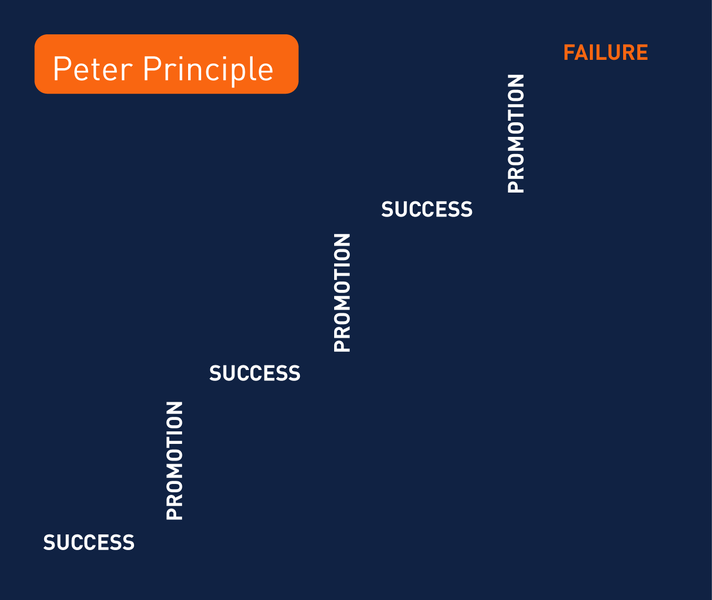Learning Agility - Succession Planning over the Long-term
As we identify high-potential (HIPO) employees in our business, we need to be wary not to rely too much on job performance as a measure of future success.
Finding High Potentials in your Business
Current performance is a great predictor of future performance if the person is expected to remain at the same level and with the same responsibilities. However, this is never the case in succession planning, and is the foundation of the well-known Peter Principle management theory.

The Peter Principle states that employees who are promoted based only on current job performance will eventually reach a plateau where they will not have the skills necessary to perform effectively – the so called “level of incompetence” (Peter & Hull, 1969).
Succession based on performance was also the subject of a research study by Lombardo and Eichinger (1983), who analysed managers who were promoted, yet were not performing effectively. They found that these managers were overly reliant on the skills and abilities that were effective in their previous roles, and that they were not sufficiently change-oriented to adapt to the demands of their new environment. This research formed the foundation of Learning Agility.
Learning Agile Leaders in your Organisation
With its basis in over 20 years of research from the Centre for Creative Leadership and other leadership theorists, Learning Agility has been shown to be a key predictor of future performance (Swisher, 2013). As such, it is the crucial element to consider in your succession planning processes.
The leaders of your future organisation need to be do more than perform effectively in their current roles. They need to be learning agile. This is because future leaders need to do more than the previous generation and because more is expected of them: the flow of information moves faster than ever before, and jobs are becoming more complex.
What do learning agile leaders look like? They are resilient in the face of change and instil these behaviours in others. They can meet new challenges head-on and thrive in the presence of ambiguity. They perform effectively in new situations and on-board new skills and abilities to help them be successful in multiple contexts.
Learning Agility as the Foundation of Succession Planning
It is critical for organisations to have pipeline planning processes to select leaders now that will be effective in the unknown future.
Learning Agility is the core leadership requirement that can be developed over time with the help of greater self-awareness and focused development initiatives. Both theory and supporting research clearly demonstrate that Learning Agility behaviours are key for success in leadership.
Author
Lumenii's team of expert psychologists regularly collaborate to share their ideas and knowledge. The latest case studies, thought leadership, and research.